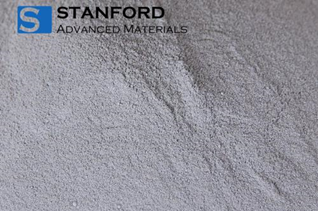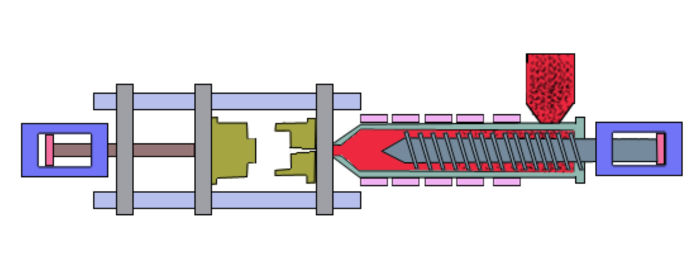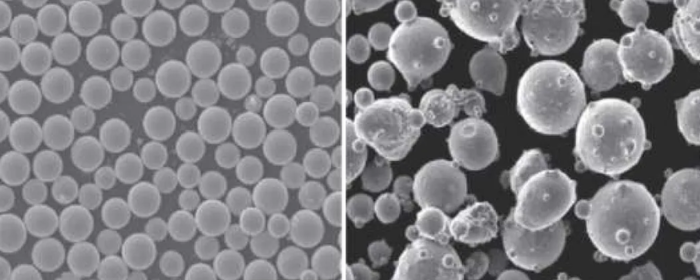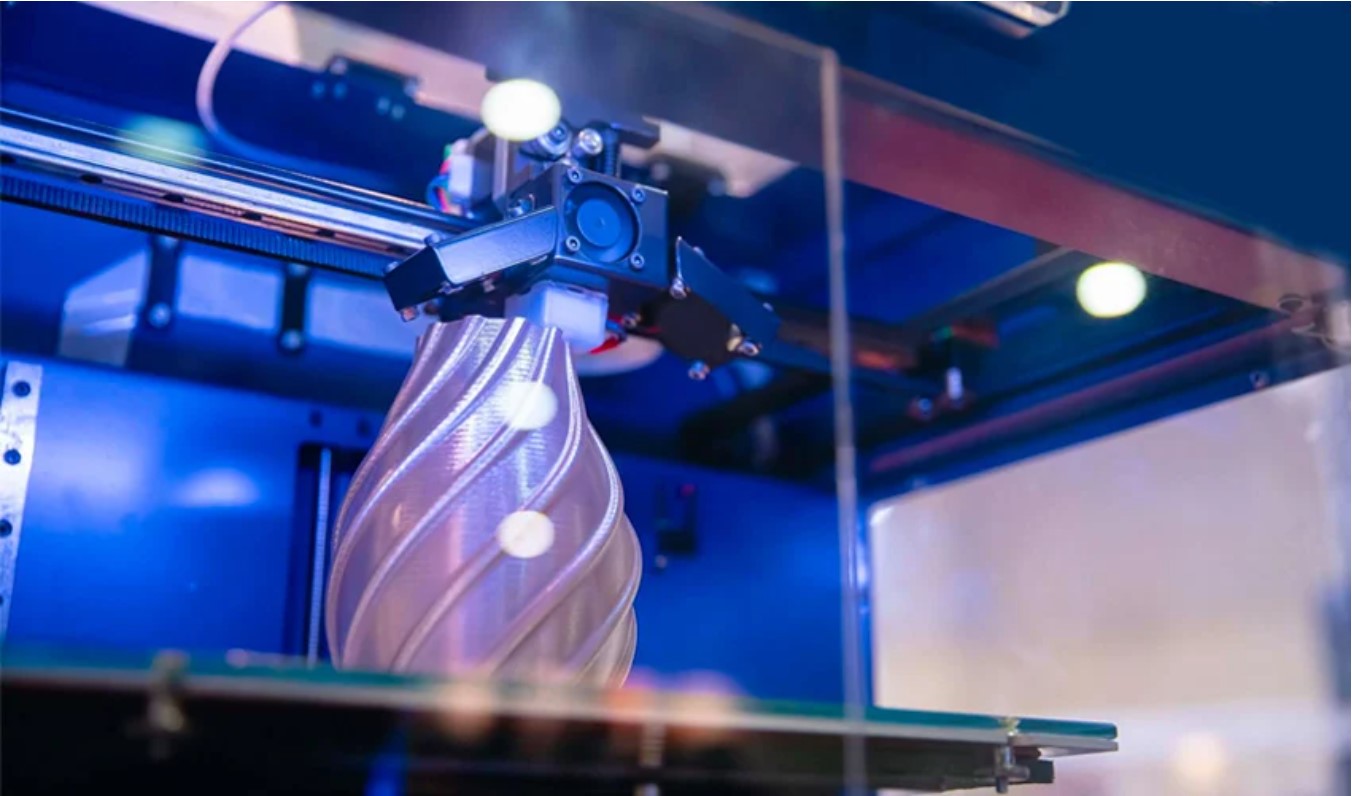

Last update on 07/10/2025
Titanium Grade 2 and Grade 5 are two commonly used titanium powder materials. They differ in composition, properties, and applications. So what exactly distinguishes them? And what unique characteristics do other types of titanium alloy powders possess?

Fig 1. Ti-6Al-4V Powder
Before distinguishing Titanium Grade 2 and Grade 5, let’s explore the world of titanium powders and see how they are classified.
Titanium and Titanium Alloy Powders Are Classified Based On:
These titanium-based powders contain mainly titanium (Ti) with little impurities like oxygen, nitrogen, carbon, hydrogen, and iron. These can be classified further based on their impurity contents, notably oxygen and other impurities:
These powders primarily consist of the α-phase, which gives excellent oxidation resistance and high-temperature performance.
These are powders mostly of β-phase. In order to form these alloys, a large quantity of β-stabilizing elements is added. It includes molybdenum, vanadium, chromium, and iron. All these features offer good forgeability and high strength.
These are a combination of α-phase and β-phase and thus have advantages of both types. Therefore, the α+β-type titanium alloy powders are of very excellent comprehensive properties and are applicable in a wide range of fields.

Fig 2. The crystal structure of α phase (hcp) and the allotropic β phase structure (bcc)
Table 1. Types of Titanium-based Powders
|
Type |
Product |
Properties |
|
Commercially Pure Titanium Powder |
Grade 1 |
Highest ductility, lowest strength, best formability, and weldability |
|
Grade 2 |
Good overall performance |
|
|
Grade 3 |
Higher strength but slightly lower ductility |
|
|
Grade 4 |
Excellent high-temperature strength and creep resistance |
|
|
α-type Titanium Alloy Powder |
Good high-temperature strength and corrosion resistance |
|
|
High strength and good creep resistance |
||
|
Excellent high-temperature strength and creep resistance |
||
|
IMI 685 |
High high-temperature strength |
|
|
β-type Titanium Alloy Powder |
High strength and excellent forgeability |
|
|
Ti-3Al-8V-6Cr-4Mo-4Zr |
Extremely high strength and toughness |
|
|
Ti-15V-3Cr-3Al-3Sn |
Extremely high strength and hardness |
|
|
α+β-type Titanium Alloy Powder |
Ti-6Al-4V(Grade 5) |
High strength, good corrosion resistance, and light weight |
|
Good weldability and overall mechanical properties |
Download Titanium Alloy Powder Brochure
For the commercial and industrial fields, Stanford Advanced Materials has been committed to supplying customers with various kinds of spherical alloy powders; among them are different sorts of titanium-based powders. You can go directly to check the details of the different sorts of titanium alloy powders in the above table by clicking the relative links. You can also get details about the products here: Titanium Based Powder.
Titanium Grade 2 and Grade 5 are compared frequently because they are among the most widely used materials in the titanium and titanium alloy family. Comparing them helps in understanding the right material choice for different application scenarios.
Grade 2 is relatively free from impurity elements and, hence, is considered good in corrosion resistance and ductility. The addition of 6% aluminum and 4% vanadium greatly enhances the strength and hardness of the material without sacrificing the properties of corrosion resistance in grade 5.
Table 2. Composition Comparison of Grade 2 and Grade 5
|
Element |
Grade 2 |
Grade 5 (Ti-6Al-4V) |
|
Ti |
Bal. |
Bal. |
|
Al |
- |
5.5% - 6.75% |
|
V |
- |
3.5% - 4.5% |
|
O |
≤ 0.25% |
≤ 0.20% |
|
N |
≤ 0.03% |
≤ 0.05% |
|
C |
≤ 0.08% |
≤ 0.08% |
|
H |
≤ 0.015% |
≤ 0.015% |
|
Fe |
≤ 0.30% |
≤ 0.40% |
Table 3. Properties Comparison of Grade 2 and Grade 5
|
Property |
Grade 2 |
Grade 5 (Ti-6Al-4V) |
|
Tensile Strength |
Approximately 345 MPa |
Approximately 895 - 930 MPa |
|
Yield Strength |
Approximately 275 MPa |
Approximately 825 MPa |
|
Elongation |
20% - 30% |
10% - 15% |
|
Density |
4.51 g/cm³ |
4.43 g/cm³ |
|
Hardness |
Rockwell B 70 |
Rockwell C 36 |
|
Corrosion Resistance |
Excellent, especially in oxidizing and marine environments |
Very good, suitable for most environments |
|
Thermal Conductivity |
16.4 W/m·K (approx.) |
6.7 W/m·K (approx.) |
|
Electrical Conductivity |
Approximately 3% IACS |
Approximately 0.6% IACS |
|
Melting Point |
Approximately 1660°C |
Approximately 1660°C |
|
Excellent, easy to weld |
Good, but requires specific welding techniques |
|
|
Good |
Difficult due to high strength and hardness |
We can conclude the following from the Table 3:
The applications of Titanium Grade 2 and Grade 5 vary across different industries. Grade 2 is commercially pure titanium, which is usually applied in large quantities in chemical equipment, marine engineering, and medical appliances such as surgical instruments or implants due to excellent corrosion resistance and good ductility, and it also includes pipes and heat exchangers.
On the other hand, Grade 5 is a high-strength titanium alloy mainly applied in aerospace, as in aircraft fuselage and engine parts; in high-performance automotive parts; in medical implants, such as bone plates and prostheses of joints; since it has an excellent strength-to-weight ratio with good corrosion resistance.
Grade 2 is generally easier to process, and weld, and less expensive than Grade 5. That may help save huge costs when large-scale production and complicated shapes are required. It should not be said that while Grade 5 is more processing difficult and expensive, high strength and lightweight advantages might be very helpful to bring more benefit in its overall performance for some very demanding high performance-oriented applications.
In other words, the choice between Titanium Grade 2 and Grade 5 is always based on the requirements of the application. Grade 2, due to better corrosion resistance, workability, and cost value, will be preferred where these properties are of importance—like in chemical processing and marine applications. On the other side, Grade 5 shows an excellent strength-to-weight ratio and is a high-performance metal; it finds optimum applications in stringent industries like aerospace, medical implants, and high-performance automotive parts. Knowing these differences allows for making a more informed selection of materials to ensure that optimal performance is reached in their respective industrial applications.
For the commercial and industrial fields, Stanford Advanced Materials has been committed to supplying customers with various kinds of spherical alloy powders; among them are different sorts of titanium-based powders. You can go directly to check the details of the different sorts of titanium alloy powders in the above table by clicking the relative links. You can also get details about the products here: Titanium Based Powder.
Related articles:
Demystifying Titanium Alloys: Ti 6-4 Grade 5 vs. Ti 23
Reference:
[1]. Janzeer, Yasmeen. (2013). SURFACE MODIFICATION OF TITANIUM AND TITANIUM ALLOYS TO ENHANCE BONE HEALING. 10.13140/RG.2.1.4790.1042.












